Panj Takhts
Takht (Punjabi: ਤਖ਼ਤ (Gurmukhi), تخت (Shahmukhi), तख़्त (Devanagari)) which literally means a throne or seat of authority is a result of historical growth of Sikhism. There are five Takhts and these Takhts are the five gurdwaras which have a very special significance for the Sikh community. The first and the most important one was established by Guru Hargobind in 1609. It is called ‘Akal Takht’ (the Throne of the Timeless God) and is situated just opposite the gate of Harmandir Sahib – The Golden Temple, Amritsar. The Guru established it, because he thought that secular political matters should not be considered in the Golden Temple, which is meant purely for worship of God. Here the Guru held his court and decided matters of military strategy and political policy. Later on, the Sikh commonwealth (Sarbat Khalsa) took decisions here on matters of peace and war and settled disputes between the various Sikh groups. The Sarangi singers sung the ballads of the Sikh Gurus and warriors at this place and robes of honour (saropas) were awarded to persons who rendered distinguished services of the community of men in general.
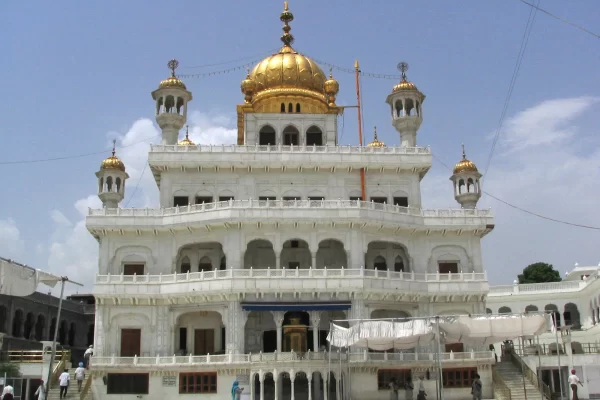
Sri Akal Takht Sahib
Akal Takht Sahib, meaning Eternal Throne, is the oldest Takht and part of the Golden Temple complex in Amritsar. Founded by Guru Hargobind Sahib, it stands opposite Harmandir Sahib, representing justice and temporal authority, while the Golden Temple represents spirituality. The Guru Granth Sahib stays in the Golden Temple by day and at Akal Takht by night. Sikh warriors seek blessings here, and the community gathers for meetings and resolutions.
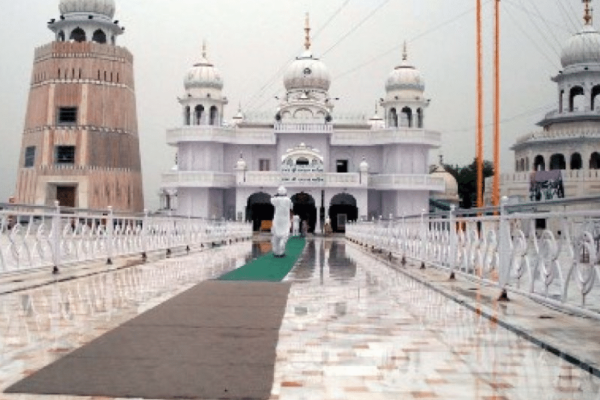
Takht Sri Damdama Sahib
Takht Sri Damdama Sahib, situated in Talwandi Sabo near Bathinda, is among the five sacred Takhts of Sikhism. This revered place is historically significant because Guru Gobind Singh Ji, the tenth Sikh Guru, stayed here for nearly a year in 1705. During his stay, he compiled the final recension of Sri Guru Granth Sahib, known as the Damdama Sahib Bir. Today, this holy site remains a major spiritual, cultural, and historical center for Sikhs worldwide.
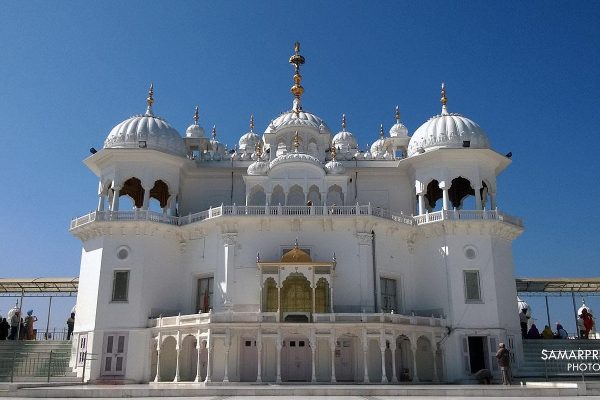
Takht Sri Keshgarh Sahib
Takht Sri Keshgarh Sahib, located in Anandpur Sahib, is the birthplace of the Khalsa. Guru Gobind Singh founded the Khalsa here in 1699. This revered Takht holds great historical and spiritual significance. Some of Guru Gobind Singh’s weapons are preserved and displayed here. Today, it remains a major center for Sikh worship, festivals, and gatherings, attracting devotees from around the world who come to honor the legacy of the Khalsa and the Guru’s teachings.
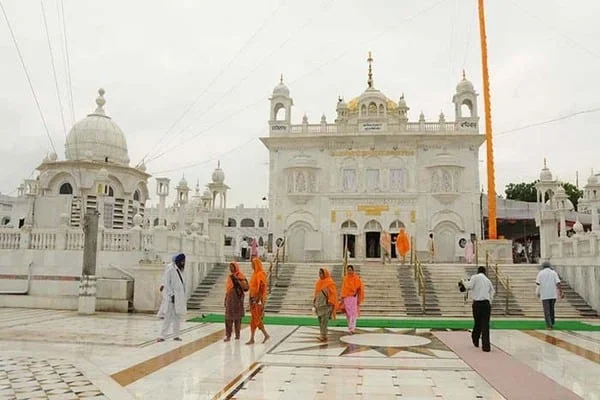
Takht Sri Hazur Sahib
Takht Sri Keshgarh Sahib, located in Anandpur Sahib, is the birthplace of the Khalsa. Guru Gobind Singh founded the Khalsa here in 1699. This revered Takht holds great historical and spiritual significance. Some of Guru Gobind Singh’s weapons are preserved and displayed here. Today, it remains a major center for Sikh worship, festivals, and gatherings, attracting devotees from around the world who come to honor the legacy of the Khalsa and the Guru’s teachings.
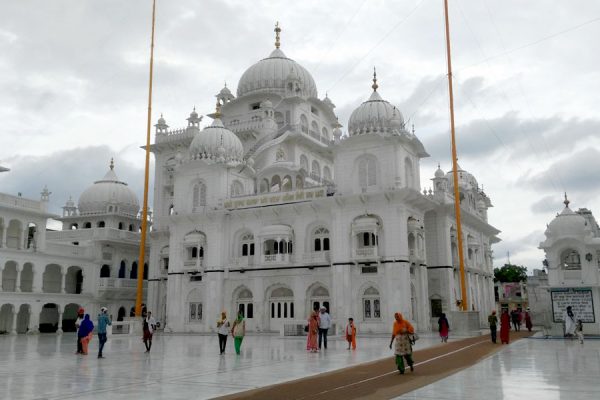
Takht Sri Patna Sahib
Takht Sri Patna Sahib, also called Takht Shri Harmandir Sahib, is located in Patna, the capital of Bihar. Guru Gobind Singh was born here in 1666 and spent his early childhood before moving to Anandpur Sahib. This Takht is historically significant as Guru Nanak and Guru Tegh Bahadur also visited Patna. Today, it remains a revered spiritual and historical center, attracting devotees who honor the life and teachings of Guru Gobind Singh.
